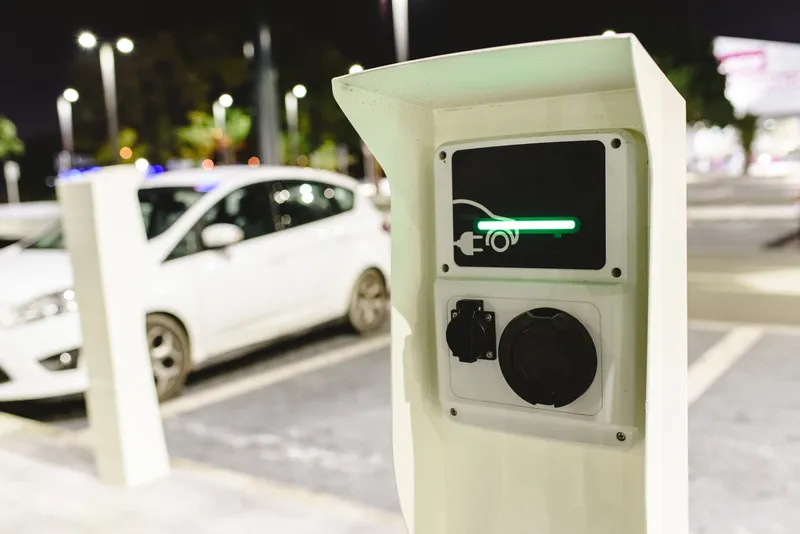A new edition of the standard used by the traffic management industry, NTCIP 1103 v03 Transportation Management Protocols (TMP), has been jointly published by the National Electrical Manufacturers Association (NEMA), the American Association of State Highway and Transportation Officials (AASHTO) and the Institute of Transportation Engineers (ITE).
The revised TMP standard includes ‘traps’ functionality, which allows a user to specify conditions under which reporting might occur on an immediate or expedit
December 8, 2016
Read time: 1 min
A new edition of the standard used by the traffic management industry, NTCIP 1103 v03 Transportation Management Protocols (TMP), has been jointly published by the 7174 National Electrical Manufacturers Association (NEMA), the 4944 American Association of State Highway and Transportation Officials (AASHTO) and the 5667 Institute of Transportation Engineers (ITE).
The revised TMP standard includes ‘traps’ functionality, which allows a user to specify conditions under which reporting might occur on an immediate or expedited basis. NTCIP’s interoperable design allows traffic managers who are implementing other NTCIP standards to use the traps published in NTCIP 1103 v03.
The revised TMP standard includes ‘traps’ functionality, which allows a user to specify conditions under which reporting might occur on an immediate or expedited basis. NTCIP’s interoperable design allows traffic managers who are implementing other NTCIP standards to use the traps published in NTCIP 1103 v03.








